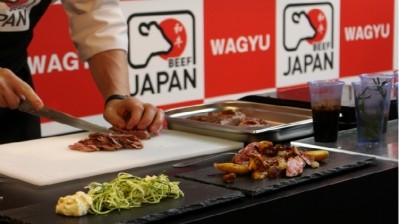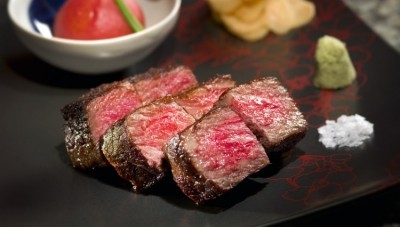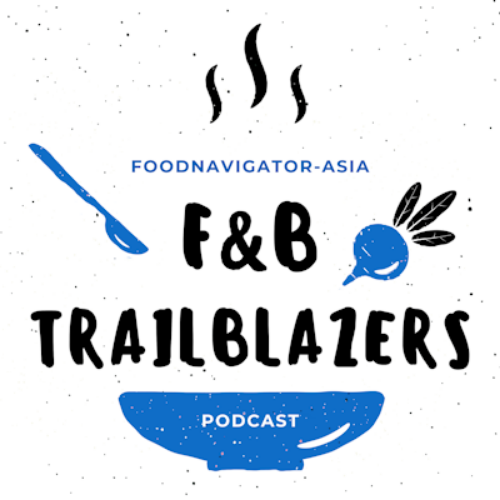Japanese beef pioneer creates olive-fed wagyu industry

The meat, which was first produced in 2016, gained national recognition last year (2017) at the Wagyu Olympics, Japan’s premier beef show, where it received a ‘fat quality award’. In addition to high-quality marbling and a buttery flavour, the meat contains high levels of oleic acid and monounsaturated omega 9 fatty acid.
The pioneer of the project, cattle farmer Masaki Ishii, was inspired to add olive lees to his herd’s feed on Shodoshima island, Kagawa prefecture, sourced from the island’s olive oil production. Some 99% of Japan’s olive oil comes from Shodoshima, much of which is award-winning.
“Kagawa’s wagyu was not a famous brand in Japan [when I started this production]. The local industry was not performing well, and the price of the meat was sluggish,” Ishii said in a note from the Olive-fed Wagyu Promotion Association.
He thought including olive lees in the feed would not only allow the transfer of oleic acid to the cattle, giving the beef a melt-in-the-mouth texture, but would also create a sustainable industry, reducing olive oil production waste. Olives are now grown and pressed for oil, with the lees being used as feed. And compost from the cattle is used to fertilise the olive trees.
At first, the cattle rejected the olive lees due to their bitterness, but Ishii found success by drying and roasting the lees to release their natural sugars, making them palatable. Each animal’s feed currently consists of 8kg of mixed feed, 1kg of roughage and 0.1kg of powdered olive lees.
While demand is high, olive-fed wagyu cattle on the island currently total only 2,400 head, up from 1,700 in 2016, with four main producers using this method there now, according to the Olive-fed Wagyu Promotion Association making olive wagyu one of the rarest meats in the world. Accordingly, its price is about 10% higher than that of the average Japanese black, which includes the famous Tajima breed.
Koichi Tanaka, assistant director of the agricultural policy and fisheries department at Kagawa prefectural government, said plans were in place to increase the herd to 3,000 head and expand export markets, including to Hong Kong and Taiwan. Currently about 40% of sales are in Osaka, followed by 30% in both Kagawa and Tokyo and 1% overseas, to Macao, Thailand, France, Spain and the US.
Marketing is also under way, as olive wagyu remains largely unknown, despite the growing popularity of wagyu worldwide.
“We need to boost recognition and understanding of this new brand domestically and internationally, to increase earnings from sales and food tourism,” he said.
A wagyu expert, who spoke on the condition of anonymity, welcomed the quality and sustainability of olive wagyu and said the success might encourage other producers to adopt innovative ideas.












